
1. Introduction of Castings
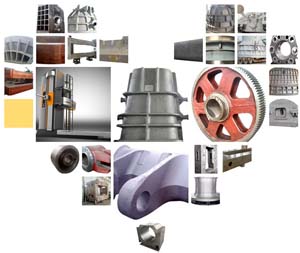 |
Castings are made of metal through the casting processes. The metal first melt into liquid, and then the molten metal is poured into a mould which is the same with the shape of the part. After the cooling and solidification, the parts are obtained, and that is the castings. With the reasonable design of castings structure and the advanced casting technology, the finished castings will have high quality and good performance and can mechanical performance requirements. So casting products, such as slag pot, vertical mill and so on, enjoy popularity at home and abroad. As castings have advantages that other mathods,like forging, rolling, welding, punching, can not achieve. The casting blank can be made in one time which can avoid to machining or reduce machining, and to some extend, lower the cost and reduce teh time of production. The size and weight of casting parts range widely and the metal species are almost unlimited. The castings not only has the general mechanical |
performance, but also has wear-resisting, corrosion resistance, shock absorption. So in the machine manufacturing industry, castings still occupy important place on the number and tonnage so far.
2. The Manufacturing Processes of Casting Products
The whole casting manufacturing processes contain wooden pattern & modeling, smelting metal & Casting, mold dismantling & cleaning & surface finishing, machining, UT test and package and delivery.
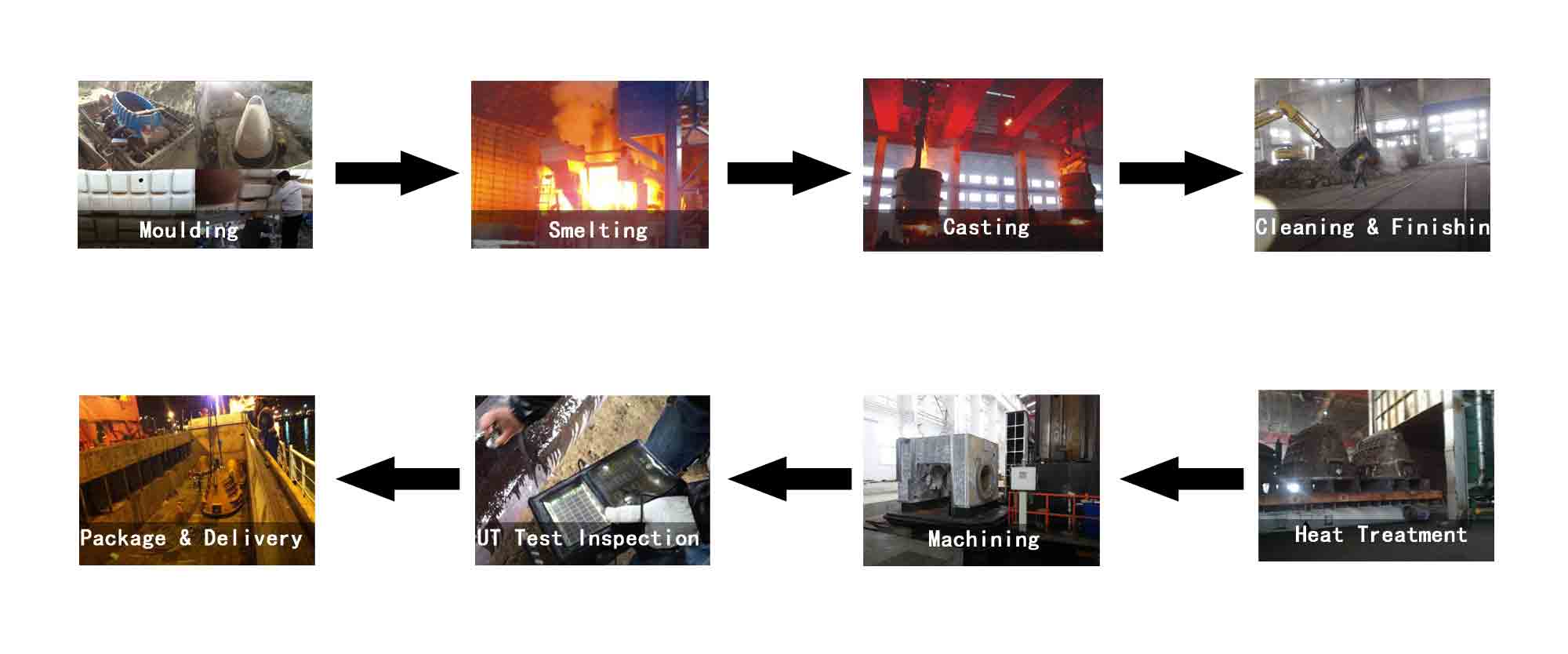
Wooden Pattern & Modeling: According to the designed shape of castings, first make wooden model in the carpentry workshop. When making the sand mold, first put the model into the sand box, then fill the sand box with sand, and tamp, finally take out the model and sand mould is finished.
Smelting Metal & Casting: Smelting the metal is in electric arc furnace. After melting the metal, pour the metal liquid into the model.
Mold Dismantling & Cleaning & Surface Finishing: After casting and cooling for several hours, take out the casting product using manual method or the vibrate shakeout machine. Then clean off the sand and burr on the surface of the castings with iron bars, steel brush, hand chisels, chisels and other tools.
Machining: Use the CNC machine to cut off the material to meet the requirement.
UT Test: Use the UT test to inspect the casting products.
Package & Delivery: After all these have done, the casting products can be packaged and deliver to the customer.
3. Application of Casting Products
With high quality and good performance and mechanical performance, the casting products can be widely applied to mining, shipbuilding, forging, metallurgy, engineering machinery, road & bridge engineering, water conservancy project, nuclear power, etc. The mainly castings cover metallurgical equipment, such as slag pot, mining equipment, like vertical mill, vertical mill parts and frame of cone crusher, and auto parts, like steam turbine housing, crank shaft, piston rod and cylinder cover of diesel engine.
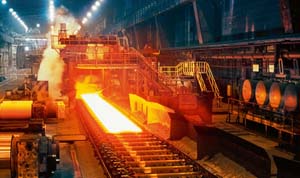 |
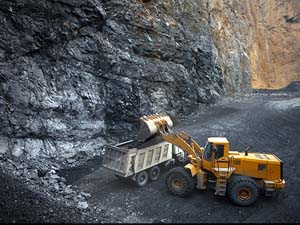 |
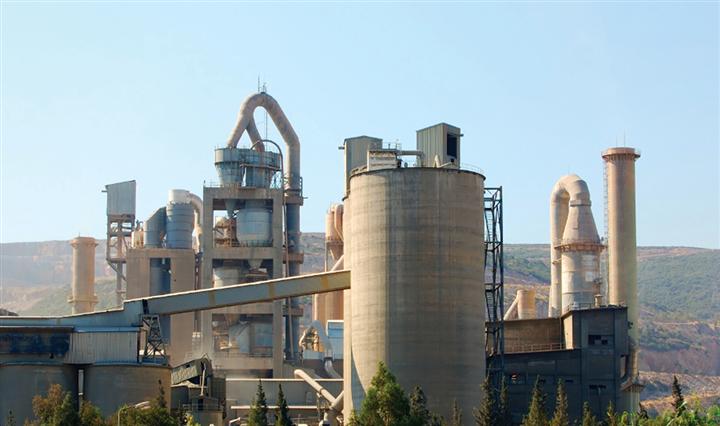 |